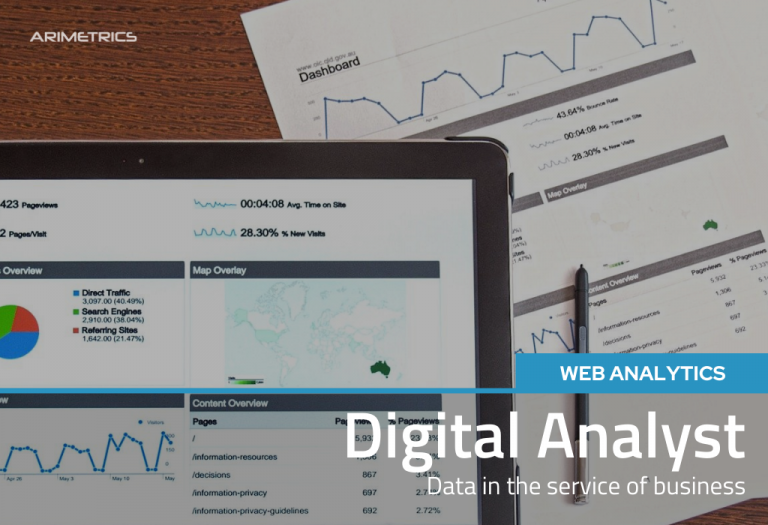Although more and more brands understand the importance of a good briefing, there are still businesses that overlook the importance of this document. This is one of the main reasons why many businesses do not get the desired results in areas such as marketing, design or social networks. After all, working without a well-defined roadmap is a very complicated task. Moreover, without that brief, carrying out a successful strategy is mission impossible.
Therefore, whether you have a brand and are looking to hire the services of an agency or professional or if you are the expert person who is going to develop a project for a company, we encourage you to reflect on the need to define a clear framework.
Why a briefing is necessary
In marketing, the term is already used so frequently (and often so ambiguously) that it rivals overly recurring concepts like “valuable content” (who hasn’t grown tired of reading that expression everywhere?) Well, not everything can be considered a briefing.
Summarizing it simply, a briefing is a document with instructions. So simple to define and so complicated to develop correctly, right? In essence, the briefing is just that, a report (to dig a little deeper, take a look at our digital glossary. There you will find its essential features and a list of elements it must contain).
Keep in mind that each business has some particularities. Therefore, its elaboration does not consist of resorting to a standard template for all types of businesses. If you want to draw up a briefing that contemplates the essence of the brand, you have to work on it. That is why its style and content will vary depending on the type of work to be carried out.
Of course: whatever the project to be developed, this document must contemplate all the necessary information to develop it successfully. Here is the key to the matter: get used to the idea that what is not included in the briefing is as if it did not exist. Hence its importance.
And this reflection is applicable to a large company, a startup, a small e-commerce or your neighbor the entrepreneur of the neighborhood. All the essentials must be reflected there and can be returned to whenever it is necessary to consult it during the development of the project. For it to make full sense, it must be recorded how, why, for whom and for what.
Who is in charge of the briefing
There is one aspect that has to be clear from the beginning: the brand or client is the agent responsible for the briefing. Always. Or, at least, in an ideal world it is… This does not mean that you, as an agency or independent professional, limit yourself to following the instructions provided by the client. Especially in the case that it is a project without previous strategies or recently created. If that roadmap is incomplete or unclear, it will be your responsibility to request all the information you need to propose the most appropriate set of actions in that project.
But what if there is no way to have a briefing? If there is no way to dispose of that document, you will have to take care of drawing it on your own. This requires studying your client beyond the information provided (or not provided, as the case may be) and could in fact be considered a project in itself. Take note of the fundamentals!
The importance of analysis
That we love data is no secret. But this section goes beyond our interest in analytics. Regardless of the agency or professional developing the project, an initial investigation is key to carrying out a good strategic approach.
The essential thing here is to know how to set limits! Collecting content can be a daunting task. Also, don’t forget that more data doesn’t necessarily mean a better strategy. Information alone does not confer power, it is what is done with it. In short: make sense of that data! In the good use of data is its true value.
Think that, in addition to gathering content, you will have to process it for the research work to be truly useful. It is essential to assess what information is needed to develop the order and focus on extracting the data that is really necessary. The size of the project (what objectives are intended to be achieved, what are the expected results …) will depend on the degree of deepening of the audit.
Again, we insist, this is not about filling templates. However, some aspects that are usually contemplated in this type of documents are the type of products or services offered by the brand, the volume of sales, its values or corporate culture, business plans … Be clear about what you are looking for and focus on that. If you do not know very well what to focus on, we recommend you think about those deep needs to which the brand seeks to respond.
And what do we do when we have all the usable content for the order? The decisive part of this phase arrives: you have to process it and keep what it serves. Whatever sections are taken into account in the study, the objective should always be to draw conclusions.
Conclusion
Behind every great brand strategy there is a correct briefing. And having a correct briefing is only possible with a good disposition on the part of the client or with a deep investigation by the professional who will develop the project (the ideal for the development of the order is that both aspects are combined!). Do not forget the need to treat information correctly. Review, filter, discard, analyze… And, most importantly, draw from there the conclusions to work on.
Always remember the importance of conciseness and clarity in instructions (and if they have an inspiring touch, even better!). Therefore, let’s always make sure that the brief includes the relevant information (context, objectives…) and the detailed instructions for the project. After all, this document will be the roadmap to follow in your strategy: dedicate all the necessary time.




